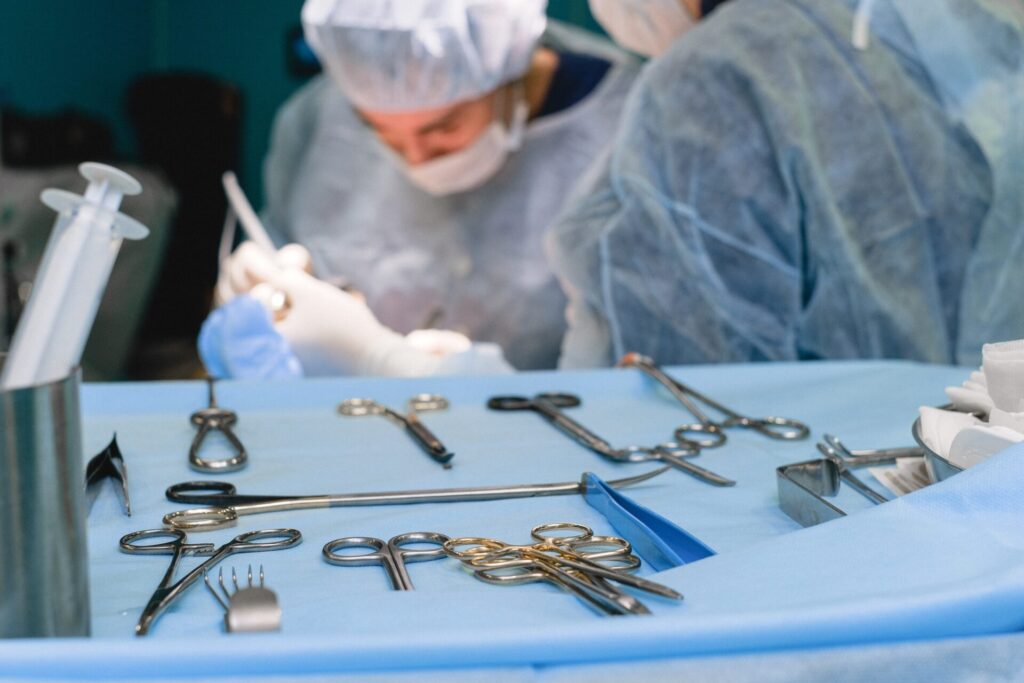How Physical Therapy Helps After Bunionectomy
Have you recently had a foot surgery to repair a bunion? You may be wondering how physical therapy can help you get back on your feet and resume your normal activities. Physical therapy is an effective way to manage post-surgical pain, reduce swelling, restore joint range of motion, improve mobility, and speed recovery time. By understanding the role of physical therapy after bunions foot surgery, you can gain valuable insight into what treatments might be beneficial for helping you recover faster and regain strength and flexibility. Read on to learn more about how physical therapy helps patients after bunions foot surgery.
Understanding Bunions Foot Surgery and How It Can Help
Bunions are a common foot problem that can cause pain and discomfort. They occur when the joint connecting the big toe to the foot becomes misaligned, causing a bony bump to form on the toe joint’s side. Although bunions can be treated with non-surgical methods, more severe cases may require surgery. Understanding bunions foot surgery can help individuals suffering from unbearable pain to seek medical attention and learn how the procedure can alleviate their symptoms. Bunionectomy aims to realign the bones, remove damaged tissues, and correct any deformities caused by the bunion. If you are facing difficulty in performing daily activities due to bunions, it is essential to seek medical attention and know more about the treatment procedures available. So, stay informed, stay healthy!
Benefits of Physical Therapy After Bunions Foot Surgery
Bunion’s foot surgery can be a challenging process, but the benefits of physical therapy can make a world of difference. Physical therapy after this type of surgery is essential to ensure that your recovery is as smooth as possible. Not only does it help improve your range of motion, but it can also strengthen your foot, improve circulation, reduce swelling, and help you regain mobility. A physical therapist can work with you to create a personalized rehabilitation program that addresses your specific needs and goals. By following this program, you can speed up your recovery time and get back to your regular activities sooner. With the help of a physical therapist, you can move forward with confidence and a renewed sense of well-being.
Initial Appointment with Your Physical Therapist
If you are heading for your first appointment with a physical therapist, you are likely to have some questions and apprehensions. Rest assured, you are in good hands. Your physical therapist is an expert who will evaluate your condition, answer your queries, and chalk out a personalized plan of action to get you back to wellness. During your initial session, your physical therapist will ask you questions about your medical history, lifestyle, and the issues you are facing. Additionally, they will perform physical tests to assess your strength, flexibility, and range of motion. Don’t hesitate to mention any concerns or doubts you may have in your mind. Remember, the goal is to work together to help you heal and restore your health and fitness.
Making a Plan for Recovery
When facing a difficult situation, it can feel overwhelming to try to figure out how to move forward. However, making a recovery plan is an important step in the healing process. Whether the challenge is physical, emotional, or financial, having a roadmap can make all the difference in achieving a positive outcome. This plan should involve identifying specific steps that can be taken to address the issue, setting achievable goals, and seeking help from supportive individuals or professional resources as needed. Putting in the effort to create a plan may seem daunting, but it is an investment in one’s own well-being that can lead to a brighter future.
Types of Exercises to Restore Strength and Mobility
Whether you’re recovering from an injury or trying to preserve your mobility as you age, numerous types of exercises can help restore your strength and flexibility. Resistance training with weights or resistance bands can help build muscle mass and improve bone density, while low-impact cardiovascular exercises like swimming or cycling can promote cardiovascular health without putting unnecessary strain on your joints. Yoga and Pilates are great options for improving core strength and flexibility, and stretching exercises can also help improve your range of motion. By incorporating a mix of these exercises into your routine, you can restore your body’s strength and mobility and get back to doing the things you love.
Tips to Manage Swelling, Pain, and Inflammation Post-Surgery
Recovering from surgery can be a challenging process, and managing swelling, pain, and inflammation are some of the essential aspects of a successful recovery. Whether you undergo a major or minor operation, such as knee replacement or cataract surgery, dealing with postoperative pain and swelling can be overwhelming. However, there are tips you can follow to manage these symptoms and ensure a smoother transition to your daily activities. These include taking prescribed medications as directed, using cold compresses on the affected area, elevating the affected body part, and practicing physical therapy exercises. Besides, it’s essential to get enough rest, stay hydrated, and eat a healthy diet during the recovery period. By following these tips and consulting with your healthcare provider regularly, you can manage post-surgical symptoms effectively and enhance your overall recovery experience.
Conclusion
Bunionectomy is an effective method for treating bunion pain and deformity. With the proper care and a commitment to physical therapy afterward, patients can experience significant improvement in their range of motion, strength, and stability. As part of your physical therapy plan, make sure to incorporate stretching and strengthening exercises appropriate for your needs. Furthermore, you should also talk to your therapist about treatment options for any post-surgical swelling and inflammation. Adhering to your physical therapy regimen can help speed up your recovery process and get you back on your feet confidently living pain-free as quickly as possible!

